The Safety and Efficacy of Push Dose Vasopressors in Critically Ill Adults
REBEL EM
JUNE 8, 2023
1-4 The PDPs, phenylephrine and epinephrine, result in vasoconstriction and increased cardiac contractility. They can be associated with side effects such as reflex bradycardia, decreased stroke volume in phenylephrine, tachycardia and hypertension associated with epinephrine.




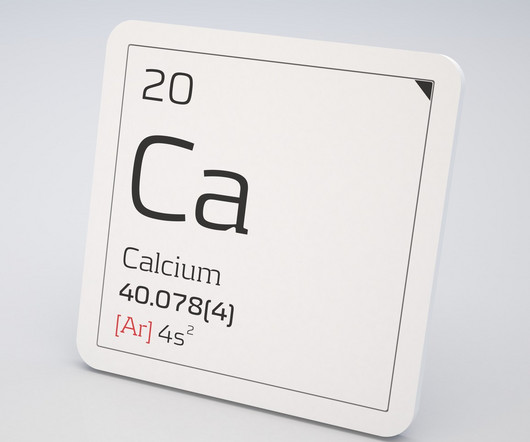




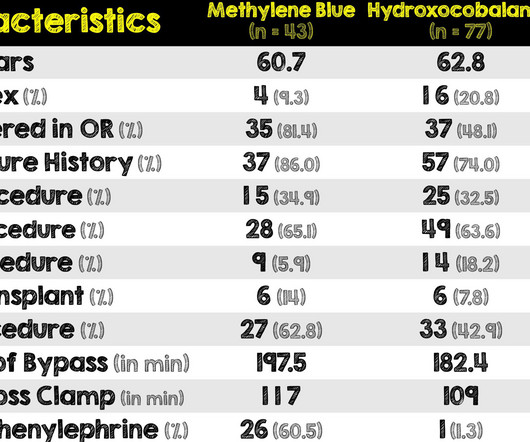

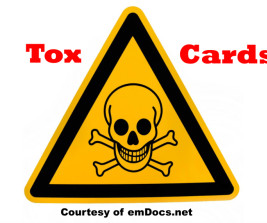


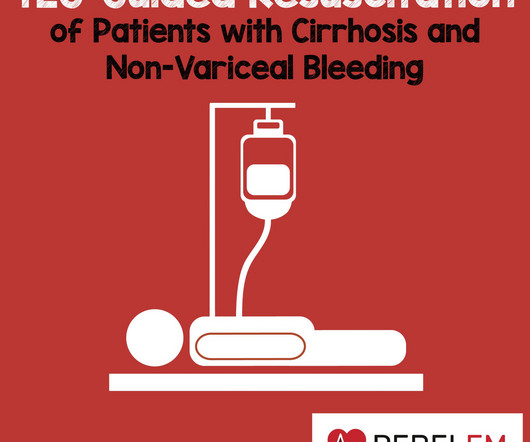
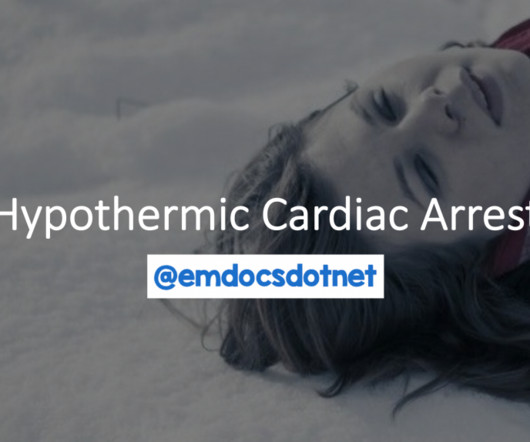
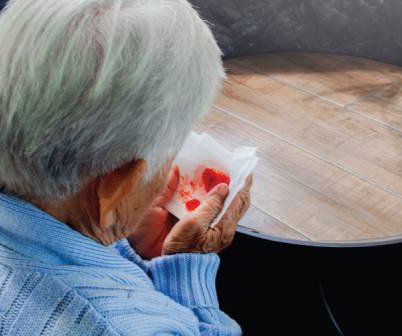

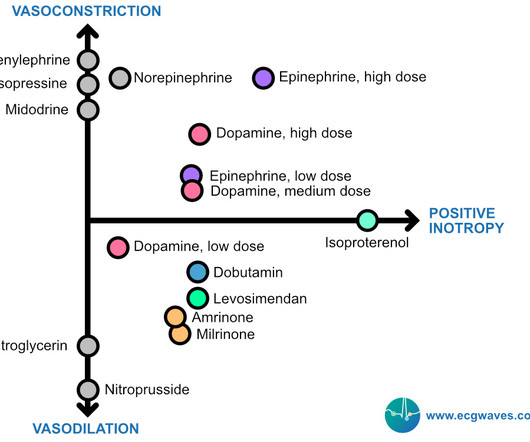


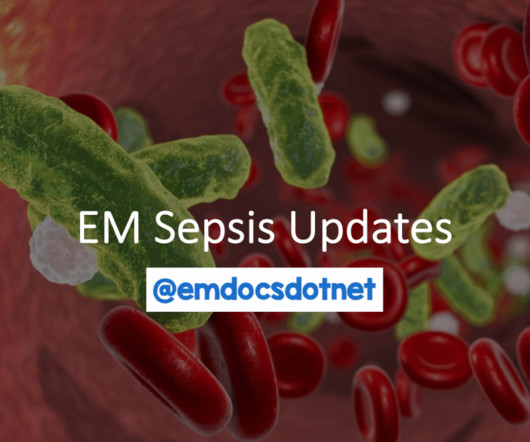






Let's personalize your content